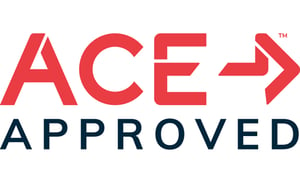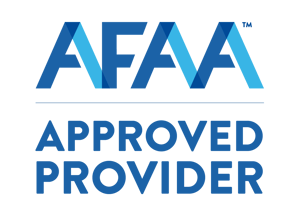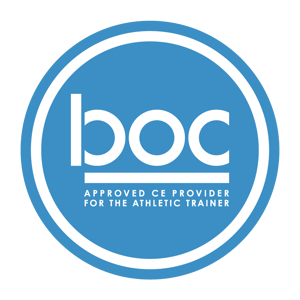Foundations
by Gary Gray, Doug Gray and David Tiberio
Learn the Key Scientific Principles of Functional Movement

Description
Foundations is the ideal way to understand the structure and system Applied Functional Science®. This course will enhance your ability to individualize care in performance, rehabilitation, and prevention. How one is traditionally taught and how the body truly moves has created a significant gap in the understanding and practice of movement professionals. This course bridges that gap through story, scientific principles, and applications that can be immediately embedded into treatment and training processes.
Continuing Education
Physical Therapy (12.5 Unless Otherwise Indicated)
AK, AL, AR, AZ*, CA, CO, CT, DC, DE, FL, GA, HI, IA, ID, IL, IN, KS, KY, MA, MD, ME, MI, MN, MO, MS*, MT, NC, ND, NE, NH, NM*, NY, OH, OK, OR, PA, RI, SC, SD, TN, TX, UT, VA, VT, WA, WI, WY
*Please reach out to your state licensing board to confirm the currency and accuracy of this information. Manual application for continuing education may be required. Participants licensed in states not pre-approved may file for individual approval using these instructions.
LA, NJ, NV, WV: CEUs are not preapproved, but you may apply for individual approval using these instructions.
Refund Policy
Gray Institute offers a refund in the form of a credit to use for other Gray Institute Courses, only if the course material has not been started. Once the course material has been started, no refund will be issued.
Available Course Credits
 |
ACE | 1.20 | Expiring on December 31, 2025 |
 |
AFAA | 1.20 | Expiring on December 31, 2025 |
 |
BOC | 12.50 | Expiring on December 31, 2025 |
 |
canfitpro | 4.00 | Expiring on December 31, 2025 |
 |
GI | 12.50 | |
 |
ISSA | 13.00 | Expiring on December 31, 2025 |
 |
NASM | 1.20 | Expiring on December 31, 2025 |
 |
NSCA | 1.40 | |
 |
PTAG | 1.00 | Expiring on December 31, 2025 |
Learning Objectives
· Describe how Physical, Biological, and Behavioral Sciences converge to create Applied Functional Science®.
· Describe the Functional Movement Spectrum relative to the physical, biological, and behavioral sciences.
· Describe the need for, and importance of, Applied Functional Science® Nomenclature.
· Describe the Principle-Strategy-Technique Process.
· Explain Real Motion (of the bones) and Relative Motion (of the joints), including the five (5) different ways Relative Motion occurs.
· Explain how Muscles experience eccentric lengthening in all three (3) planes of motion prior to concentric shortening in all three (3) planes of motion.
· Explain how Joints are integrated into a system for global movements.
· Explain the difference between Isolated Integration and Integrated Isolation.
· Explain Real Motion (of the bones) and Relative Motion (of the joints), including the five (5) different ways Relative Motion occurs.
· Explain how individual differences can impact the strategies for Prevention, Rehabilitation, and Performance.
· Understand the gaps between traditional movement and functional movement as it pertains to the physical, biological, and behavioral sciences.
· Apply techniques for Performance, Rehabilitation, and Performance based on the physical, biological, and behavioral sciences.
Course Procedure
- Enroll in the course.
- View the course content.
- Take the test. (You must score 70% to pass. If you do not pass, you may retake the test.)
- Print your certificate of completion.
Course Content
| Welcome & Applied Functional Science® (Module 1) | Module | ||
| Applied Functional Science® Nomenclature (Module 2) | Module | ||
| Environment (Module 3) | Module | ||
| Gravity & Ground Reaction Force (Module 4) | Module | ||
| Mass & Momentum (Module 5) | Module | ||
| Motion (Module 6) | Module | ||
| Reaction (Module 7) | Module | ||
| Proprioceptors (Module 8) | Module | ||
| Muscles (Module 9) | Module | ||
| Joints (Module 10) | Module | ||
| Task (Module 11) | Module | ||
| Specificity (Module 12) | Module | ||
| Mobility / Stability (Module 13) | Module | ||
| Encouragement, Empowerment, & Engagement (Module 14) | Module | ||
| Thank You & Outro (Module 15) | Module | ||
| Foundations Evaluation | Module |